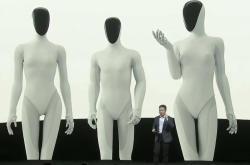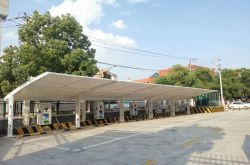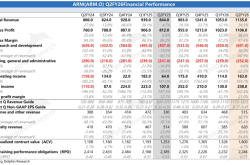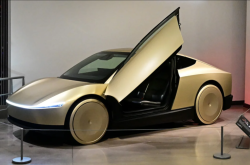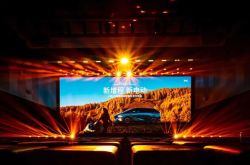BYD Launches "Two-Wheeler to Four-Wheeler" Subsidy: Is It Signaling a New Strategy?
![]() 06/18 2025
06/18 2025
![]() 513
513
How much is an old electric bike worth? At BYD dealerships, it's suddenly become a valuable asset, equivalent to RMB 3,000 off the purchase of a new car.
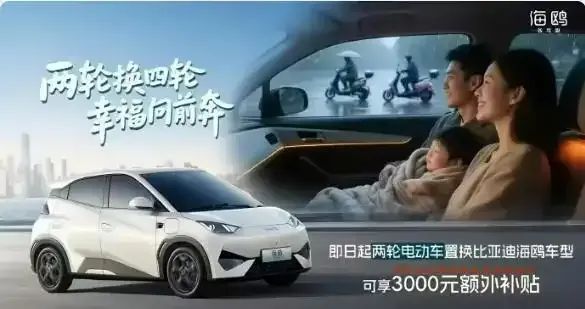
"Two-Wheeler to Four-Wheeler" – BYD's latest trade-in policy has garnered widespread attention. According to BYD dealers, consumers can bring in any brand of two-wheeler, three-wheeler electric bike, or motorcycle to a BYD store and receive an additional exclusive subsidy of RMB 3,000 towards the purchase of the Seagull model.
Behind this seemingly straightforward marketing strategy lies a vast potential audience of nearly 400 million two-wheeler owners in China. In the fiercely competitive new energy vehicle market, BYD is pioneering a new path by focusing on the underserved lower-tier markets.
BYD's Strategic Genius
BYD's new policy is clear and direct: regardless of brand, age, or condition, any two-wheeler, three-wheeler electric bike, or motorcycle can be traded in for a RMB 3,000 discount on the purchase of a BYD Seagull. This subsidy is independent of other promotions and can be combined with national trade-in and new energy vehicle subsidy programs targeting lower-tier markets.
BYD's acumen lies in precisely targeting China's 400 million two-wheeler owners, many of whom are poised for consumption upgrades. By combining low entry barriers (trade-in of old vehicles), generous subsidies (RMB 3,000), and affordable technology (intelligent driving systems at the RMB 70,000 price point), BYD is directly addressing the pain points of lower-tier markets.
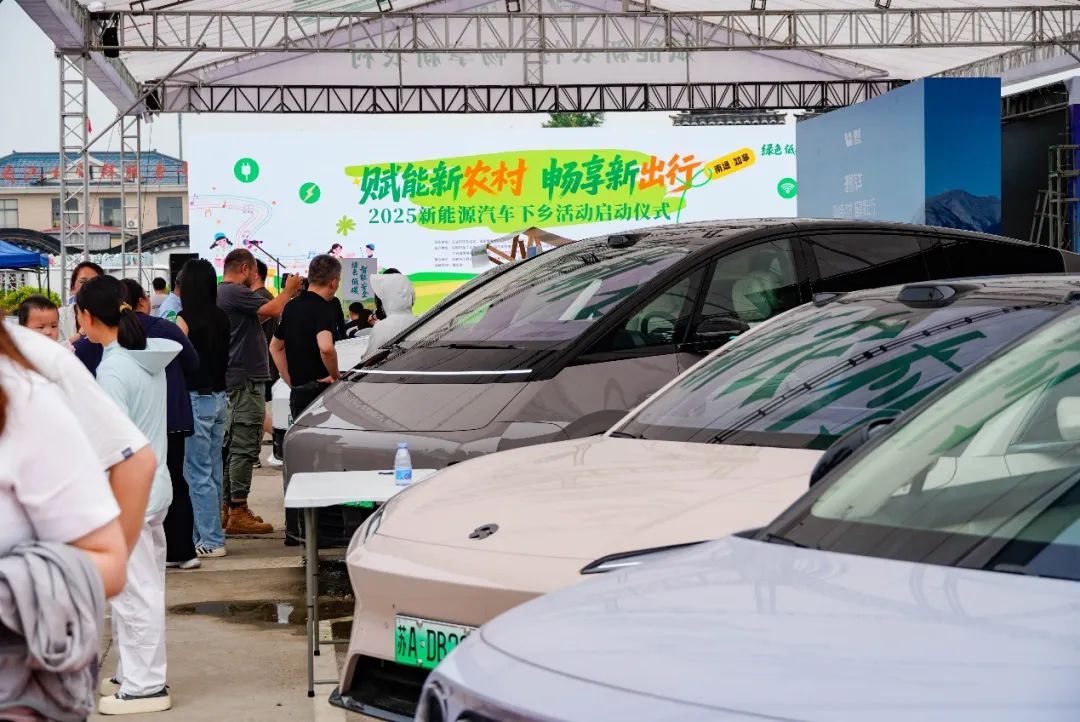
Unlike previous automaker "price wars," BYD's "Two-Wheeler to Four-Wheeler" program is a timely response to national policies promoting new energy vehicles in lower-tier markets. In early June, five government departments jointly launched the "2025 New Energy Vehicle Promotion Campaign in Rural Areas," featuring a record 124 models, the highest number in six years since the policy's inception.
Tesla Enters the "Downmarket"
Compared to the 60 models in the first rural promotion campaign in 2020, this year's lineup boasts three major breakthroughs: a broader price range (RMB 50,000-300,000), a more diverse selection of models (including new off-road vehicles, commercial vehicles, pickups, etc.), and increased participation from automakers (33 brands). Rural consumers purchasing designated models can receive a subsidy of up to RMB 15,000 when buying in their hometown. When combined with the trade-in policy, scrapping an eligible old vehicle and purchasing a new energy vehicle can yield an additional subsidy of up to RMB 20,000.
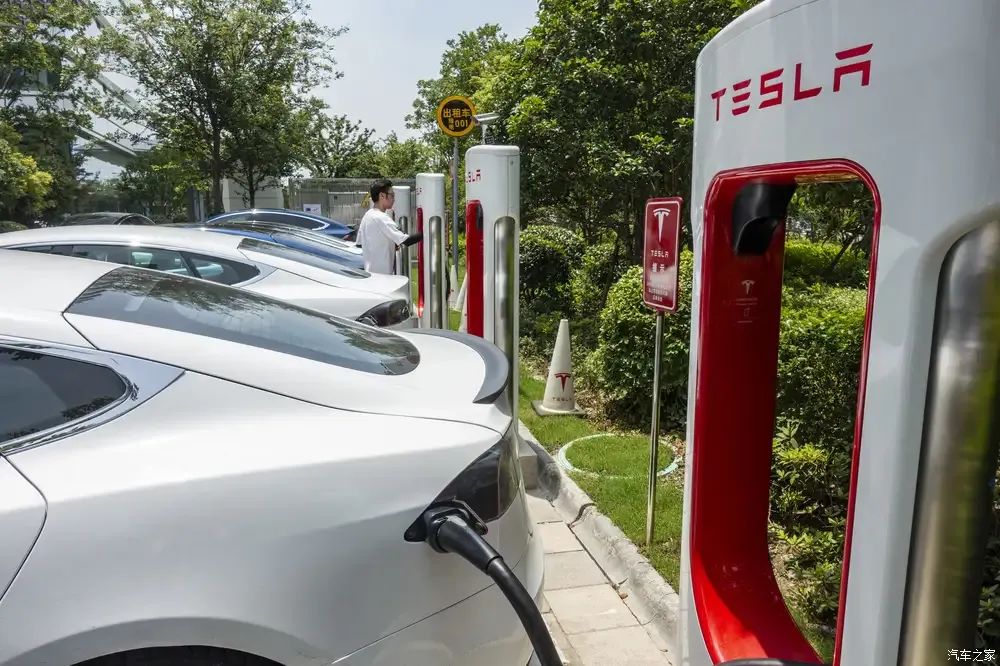
The most notable addition to this year's rural promotion list is Tesla, with its Model 3 and Model Y prominently featured. This breaks the tradition of rural promotion models focusing on the mid-to-low-end market. Behind this move lies Tesla's sales pressure in the Chinese market. Data from the China Passenger Car Association shows that Tesla's sales in China fell by 15% year-on-year in May, with its market share dropping to 3.2%, marking the eighth consecutive month of year-on-year declines.
Third- and fourth-tier cities and rural markets represent one of the few growth opportunities for not only Tesla but also other automakers. According to data from the China Automotive Data Research Center, the penetration rate of new energy vehicles in first-tier cities was approximately 50% in the first quarter of this year, while it was only 33% in some third- and fourth-tier cities, leaving nearly 20% room for improvement.
Real Demands and Challenges in Lower-Tier Markets
The collective push by automakers into lower-tier markets underscores the huge growth potential of county-level markets. However, the complexity of these markets far exceeds expectations. Rural consumers exhibit distinct "pragmatic" characteristics: vehicles need to carry farm tools, meet the needs of cross-town commuting, and have maintenance costs controlled within RMB 1,000. These demands often clash with automakers' usual strategies of "intelligence" and "premiumization".
Market research reveals that rural users have a high demand rate for safety features such as "reverse imaging" and "tire pressure monitoring" but little interest in functions like "autonomous driving" and "voice assistants." Some intelligent features even struggle to adapt to local conditions, with voice control often idling due to low recognition rates of dialects.
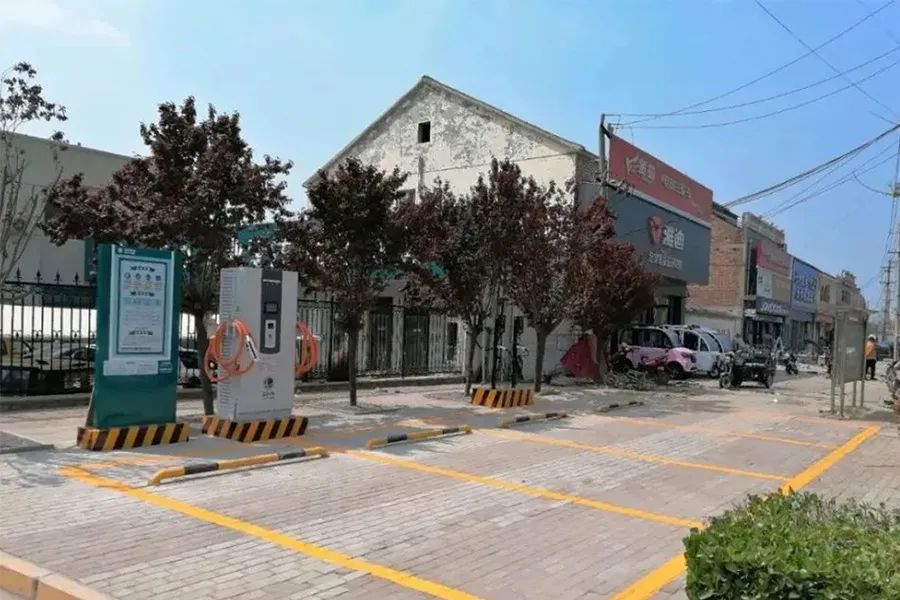
The lack of after-sales services is also acute. Authorized dealerships of automakers are concentrated in municipal and county-level areas, leaving remote rural areas with the dilemma of "easy to buy, hard to repair." Routine maintenance can take more than six hours.
BYD's "Two-Wheeler to Four-Wheeler" subsidy essentially redefines the traditional trade-in logic. By setting almost zero entry barriers, it opens a conversion channel between the two-wheeler and four-wheeler markets. Its core value lies not in the subsidy amount itself but in creating a new customer touchpoint.
Expanding into lower-tier markets is no longer a choice but a necessity for survival. As Tesla enters county towns and BYD recruits the army of electric bike owners, the most challenging market expansion in the history of the Chinese automobile industry has only just begun.

